“I’ve lived here for decades and am used to flooding during the rainy season, but this is the first time I’ve seen it in the middle of summer. This time of year, the streets should be bustling - now they’re deserted and the shops are shut,” said a resident of Hoi An.
On the afternoon of June 12, authorities in Dai Loc District (Quang Nam Province) reported that prolonged heavy rain since June 11 has caused widespread flooding in many areas across the district.
By 10:00 a.m. this morning, more than 300 homes in the villages of Dai My, Thanh Dai, Thai Chan Son, and Truc Ha (Dai Hung Commune) were submerged under nearly one meter of water. Several irrigation pump stations were also inundated, hampering drainage efforts.
Torrential rain combined with upstream water runoff caused severe flooding in residential areas and on multiple roads.
Initial damage assessments indicate that approximately 70% of the district’s rice fields and crops are under deep water, raising serious concerns about large-scale losses if the rain continues.
Given the worsening rainfall and risk of deeper flooding in Dai Hung Commune, local police forces implemented urgent emergency measures to protect residents.
On the morning of June 12, Dai Hung police officers were deployed to flooded areas to help evacuate residents and transport belongings, food, and rice seeds to higher ground. For households building new homes or public works, officers also helped move construction materials to dry areas to minimize losses.
Police remained on duty at heavily flooded roads, setting up barricades and directing traffic to ensure public safety.
According to local authorities, at 11:30 a.m. on June 12, Dak Mi Hydropower Joint Stock Company began releasing water from the Dak Mi 4 reservoir at discharge rates ranging from 50 to 2,000 cubic meters per second to mitigate downstream flooding. This could worsen flooding in Dai Hung Commune.
In Hoi An City on the afternoon of June 12, heavy rain caused by Storm No. 1 (Wutip), combined with regulated discharges from hydropower dams, caused the Hoai River to rise rapidly. Several riverside streets in the city were submerged under more than 0.5 meters of water.
Locals described the event as an extremely rare case of summer flooding. “I’ve lived here for decades, and while we expect flooding during the rainy season, this is the first time I’ve seen it during the summer,” said 79-year-old Tran Van Xung, a resident of Bach Dang Street. “This should be the peak tourist season, but now the streets are empty and businesses are shut.”
Similarly, Tang Ha Ai, who lives on Nguyen Thai Hoc Street, said he had to relocate all his goods from the flooded front on Bach Dang Street to his second entrance on Nguyen Thai Hoc Street. “Luckily, our house has two street fronts, so we’re managing,” he said.
Heavy rain and strong winds also made sightseeing in Hoi An’s ancient town difficult for visitors.
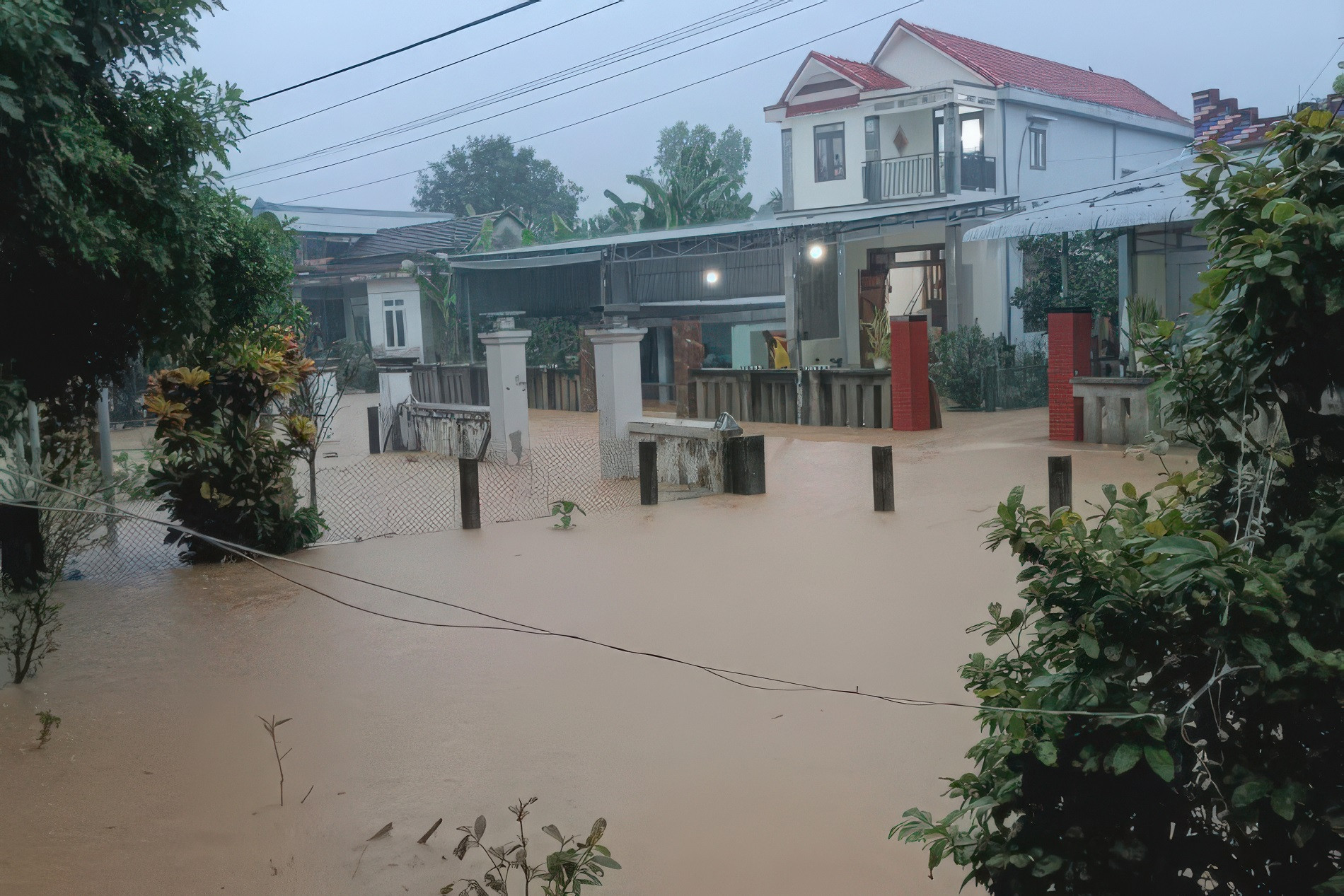
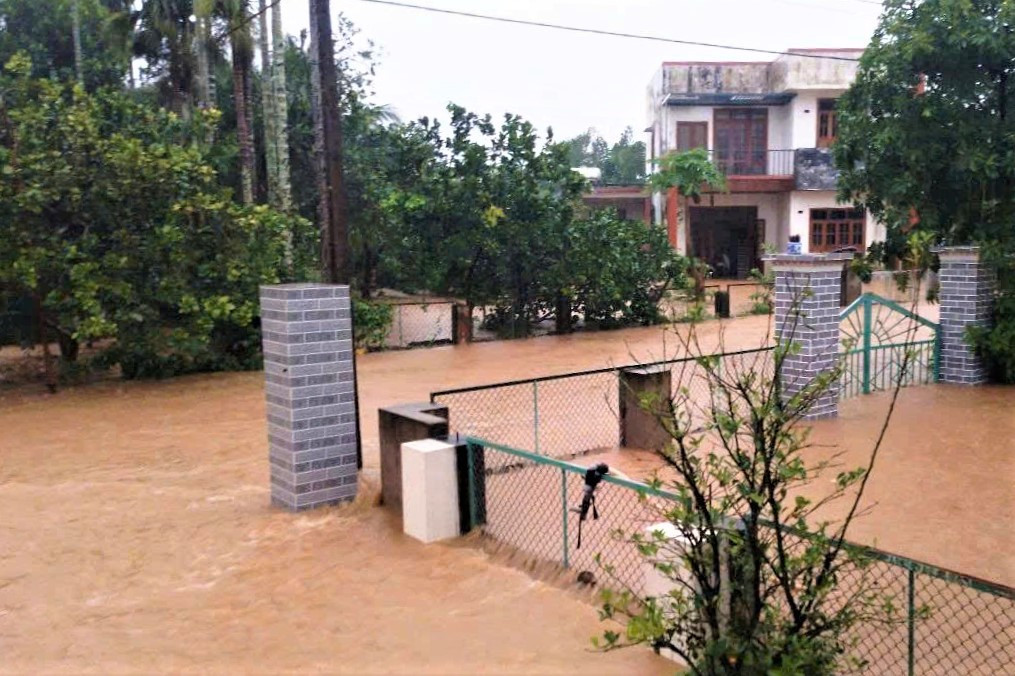

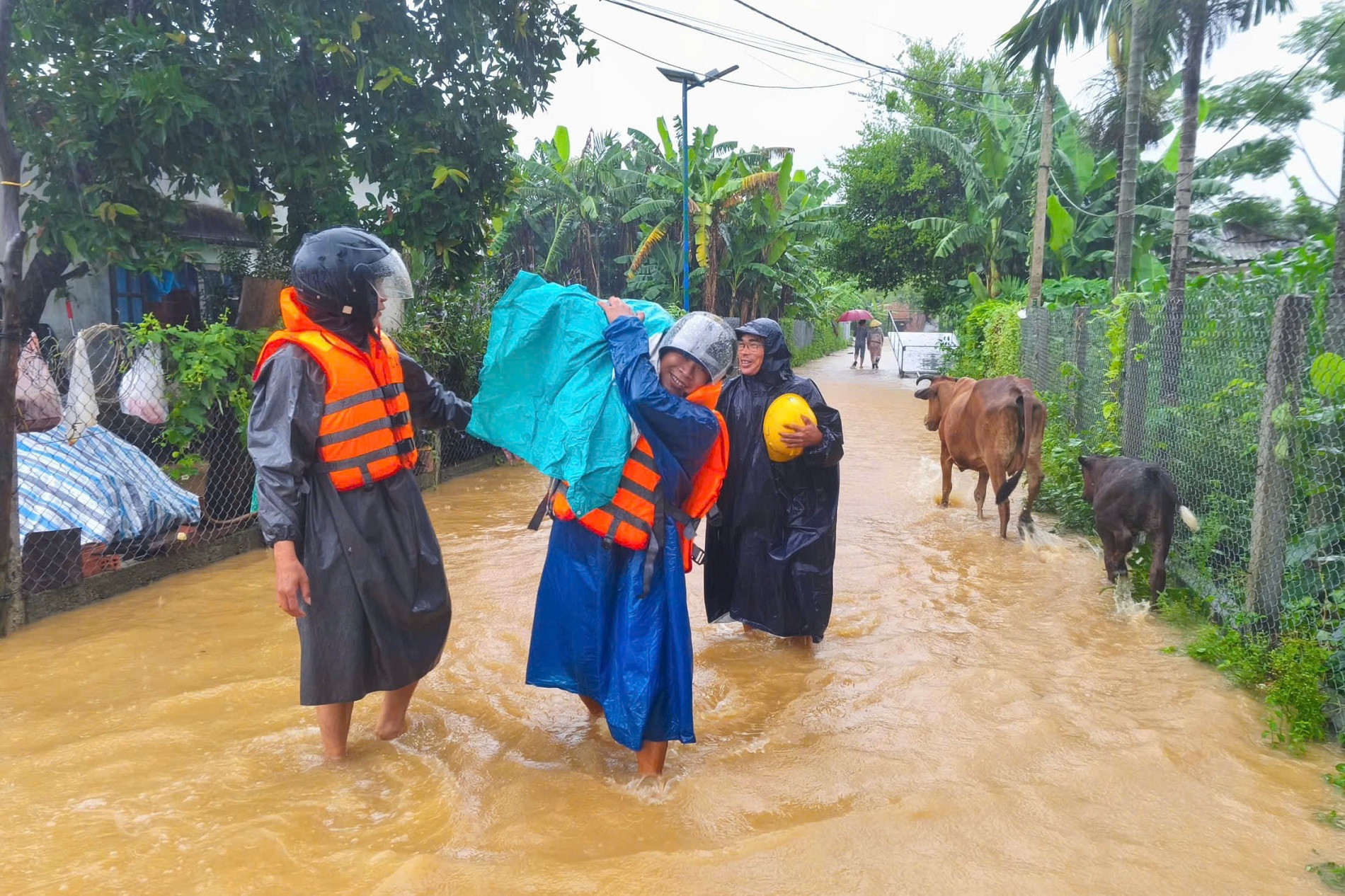
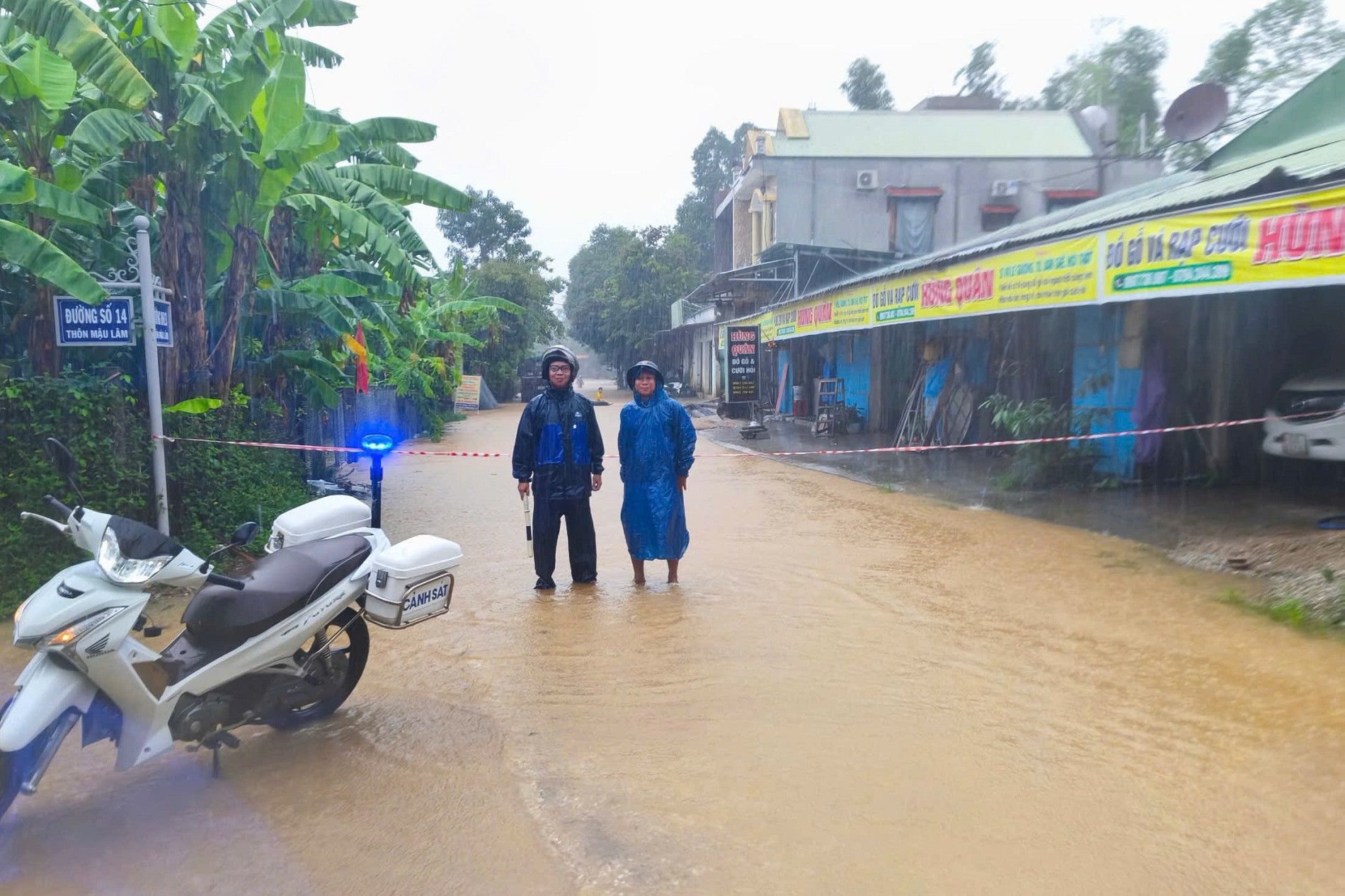
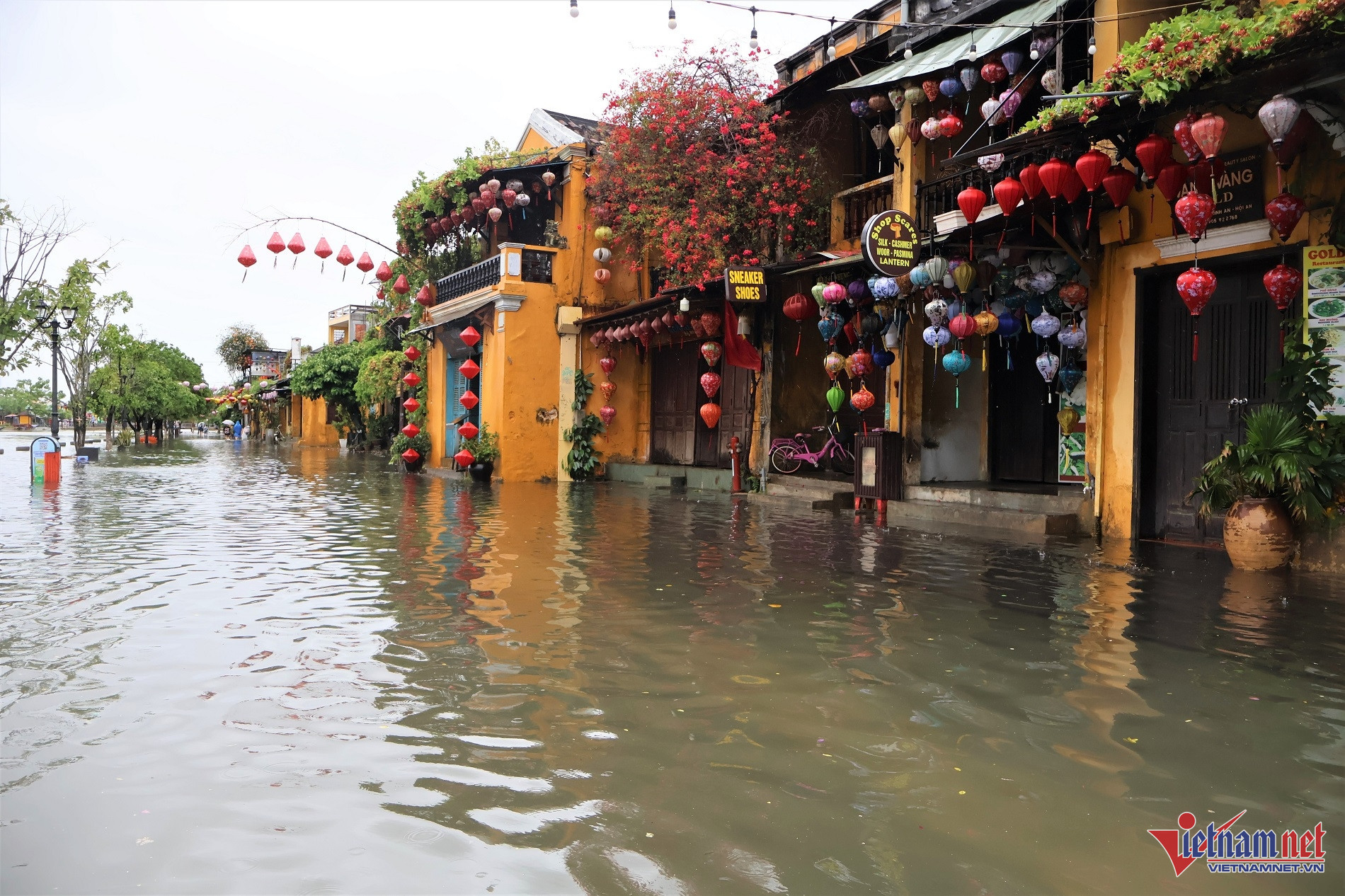
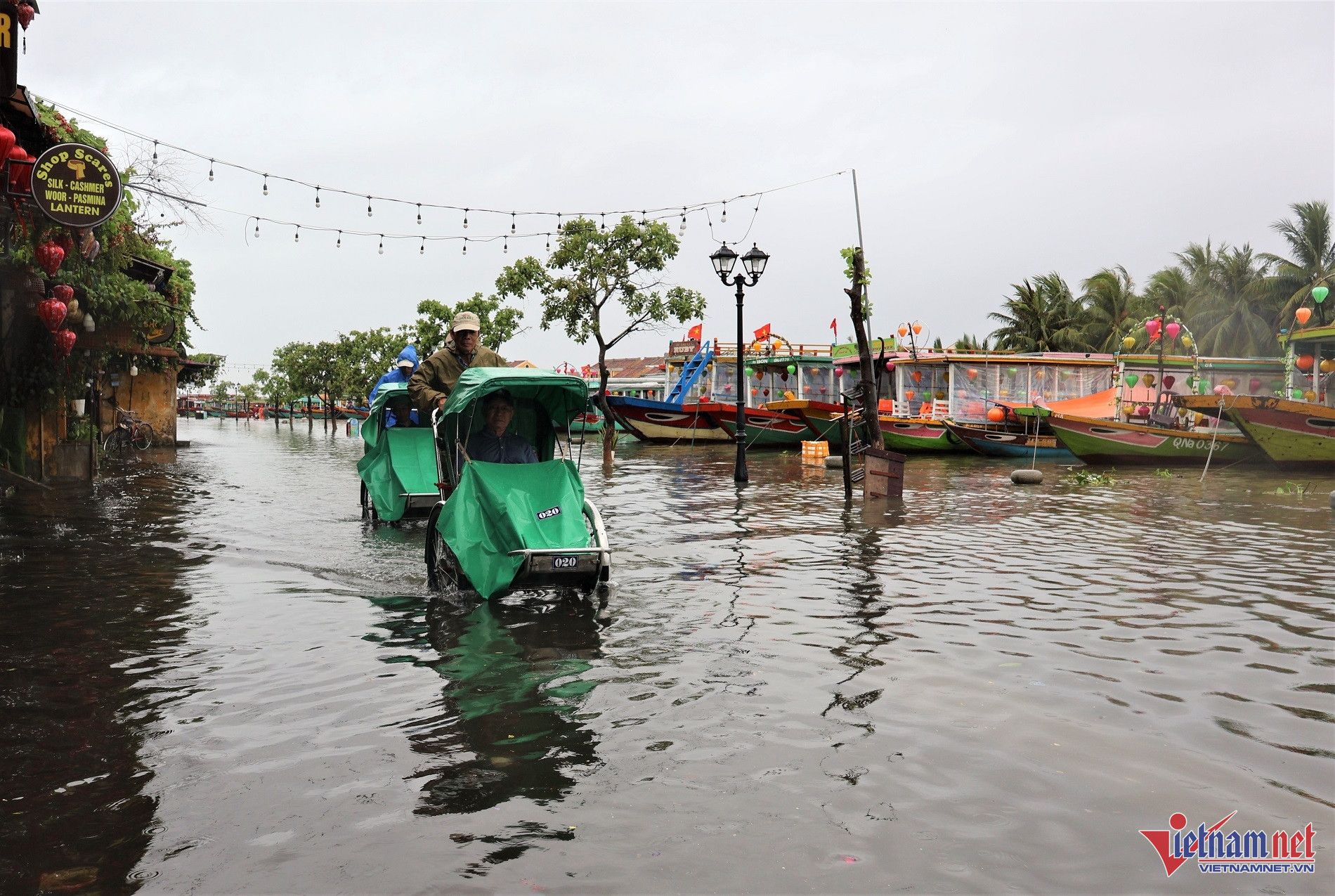
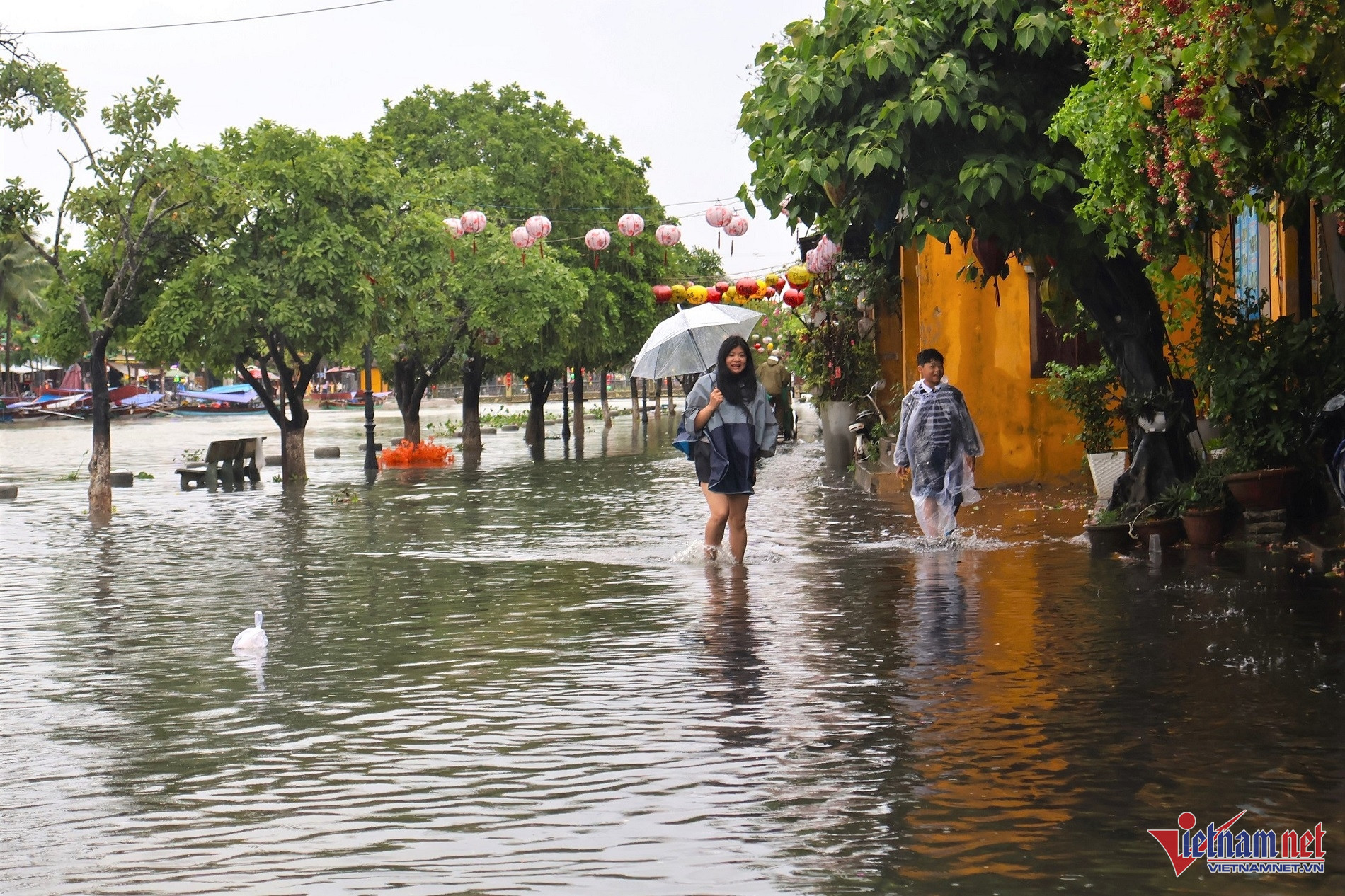
Ha Nam